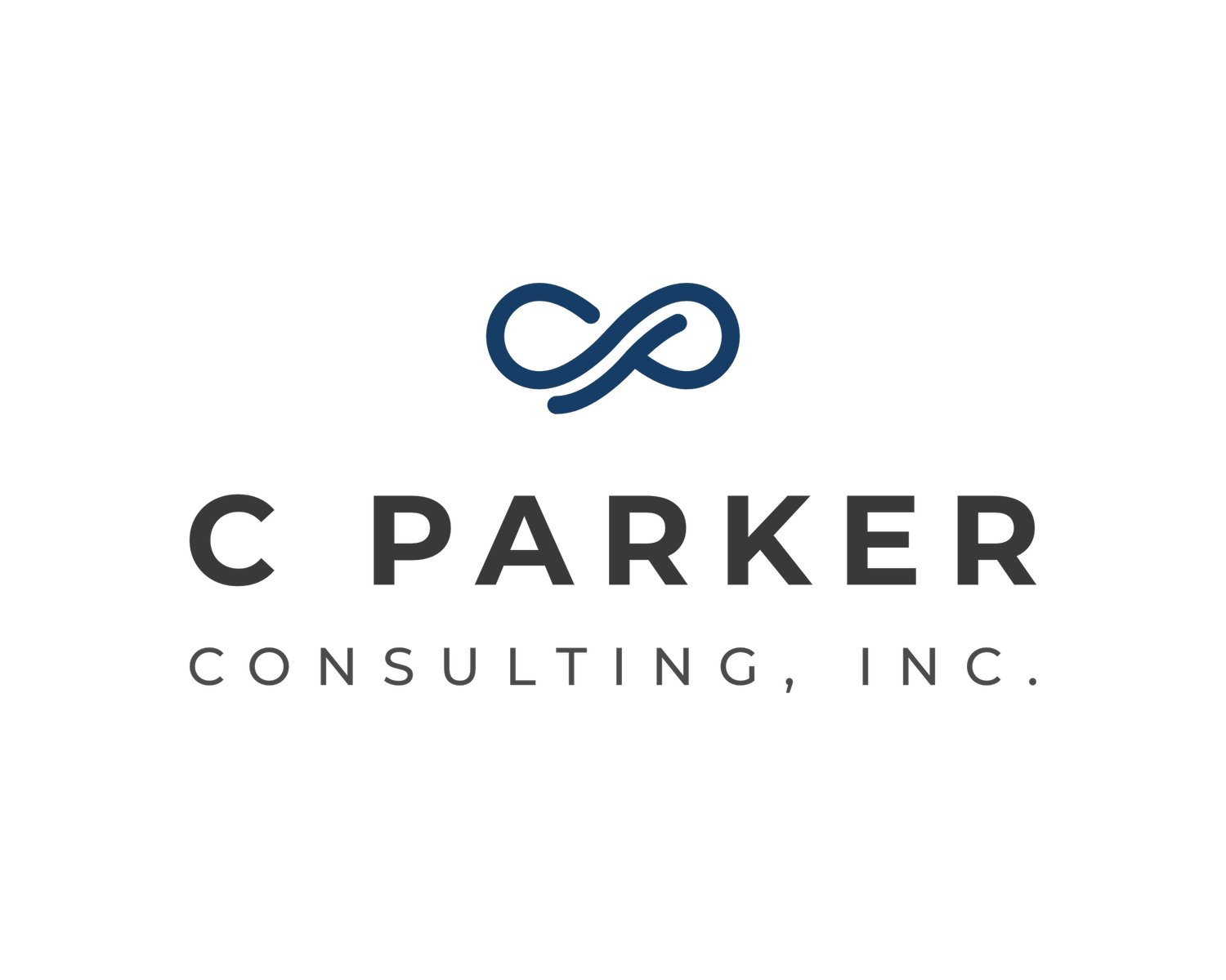5 Characteristics of Inspiring Vision and Mission Statements
/Author: Cara G. Parker, President/CEO of C Parker Consulting, Inc.
Are vision and mission statements the same thing? What's the difference between the two and do I really need both for my organization? Let's delve into these questions by first highlighting the benefits of having both a vision and mission statement for your organization. Having both are absolutely necessary in order to set the stage for the rest of your strategic plan. Explicitly, they form the foundation of your strategy and set the direction for your organization. More specifically, benefits include: prioritization of budgets, highlights skill gaps in the workforce, forms the basis for decision making and problem solving, focuses marketing/product promotion needs, and supports forecasting for your customer base and financials.
Let's start with vision. The vision of your organization is your polar star. It's visible throughout your organization and is used as a compass to set direction from all angles within your organization. And just as the polar star has five points – your vision should have five points:
- Audacious. In other words – "Go Large!" Focus on achievement. Define what success looks like for your organization.
- Futuristic: Pull out your old grammar books and look for gerund verbs. Gerunds are a great beginning. Many vision statements start with words like, "Creating", "Building," "Moving." Choose your verb carefully though; words matter. If your vision statement is too general, your audience won't know what you are saying. If your statement is too specific, it can limit your success.
- Clear/Descriptive: Your statement should be a clear, short statement. It paints picture of excellence. Readers should be able to visualize what will be happening in your organization when the vision is fully met. It will be clear what your employees will be talking about around the coffee bar, what your customers are saying standing in front your building, or what your Chief Financial Officer is telling your city mayor!
- Time Bound: I recommend setting your vision statement for a three to five year time span. The world is too volatile to consider any longer. The days of 10-year strategic plans are gone. With the technology, political, financial, and global environment, a 10-year forecast is just too long.
- Inspirational: Permeate your vision with passion! Use it to stimulate your employees' creativity and thinking. Allow it to give meaning to their work by creating a culture of success! You are headed somewhere big, so set the tone and environment.
Let's switch to mission now. Mission statements come in all shapes and sizes and the good news is you ultimately get to decide the right style for your organization. The best missions are short, clear, and succinct. Often a mission is viewed as a summary of your organization. The mission is a proclamation of our organization's purpose. It usually does not change too much over time. A mission represents something to be accomplished whereas a vision is something to be pursued.
Here are five characteristics for your mission statement:
- Succinct: Mission statements should be short and snappy. Details can be found in the strategic plan.
- Memorable: Similar to your organization's logo, it should be easy to recall (another reason to keep it short!). People should be able to remember the overall intent of it even if they cannot recall the full statement.
- Unique: Your statement should not be all encompassing, which will cause it to be too broad and not memorable. Focus on what it that you strive to do differently – what makes your organization stand out, how you achieve excellence!
- Realistic: There's fine line between a realistic idea and wishful thinking. Your mission is not your vision – depicting a perfect future of success, but it is a summary of why you exist and what services you deliver.
- Current: Although your mission statement should be written for the long haul, review it periodically to ensure it is current. As your organization changes in slight direction or does a full 180 shift, your mission should keep up with the organization's shifts.
In closing, vision and mission statements are similar, yet serve very different functions for your employees, customers, and stakeholders. I challenge you to revisit or write a vision and mission statement as the jumpstart to your strategic plan. Remember, it's your polar star. Keep your organization shining!
Cara Parker is President/CEO of C Parker Consulting, Inc. in Fredericksburg, Virginia where she manages The Forum @ CPC – a "forum" for strategic planning, leadership training/development, strategic planning, and good conversation. Check us out at www.cparkerconsulting.com
C Parker Consulting's Vision: Developing high performance clients.





